nju system announces new housings
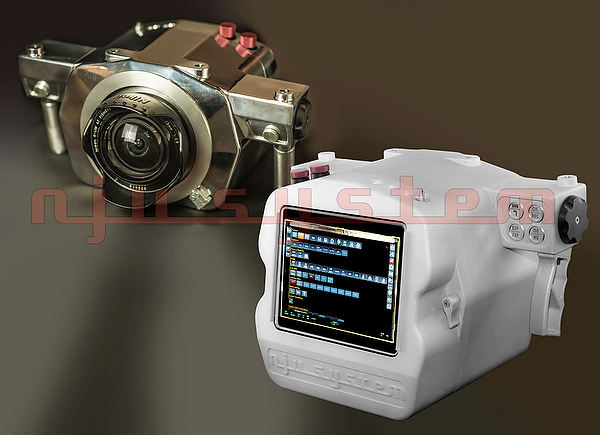
Inventor and company owner Andrej Belic introduces his nju system housings. These are entirely electronically controlled via proprietary software, which offers a wide range of compatibility and the two models his company offers can be used with Canon, Nikon, Sony and Panasonic cameras. The housings also support all strobes and use a monitor back to show the camera’s Liveview information to the user, rather than a viewfinder.
The nju slr system costs 4.500 € while the larger pro veriosn is 5.000 € net. nju system are working on a variety of optional accessories and upgrades that can be added if required.
nju system slr and pro:
The first fully electronically controlled underwater housing suited for all camera models
Our Nikonos Conversion System has been a success we have now engineered a new generation of underwater housings that features a radical new approach in equipment design. For the last 70 years cameras have been mechanically controlled underwater, having all types of buttons, levers and wheels. Decades of improvement brought more comfort – fingertip control - and access to all functions. Basically all of today’s SLR housings feature this mechanical approach. But its main caveat is the uniqueness of each housing model suited only for a single camera model. Housing manufacturers are typically small companies and struggle to keep up with camera models as they change every few months to a year. Months of waiting, dive trips with old setup while there is a new camera available but not the appropriate housing, selling old housing and one or two cameras to buy new housing and one or two of the same SLR, etc. This has changed now.
A long path
The first time I had the idea to control a camera via electronics and software was almost three years ago after writing a review of video-lights and Subal’s prism finder for Liveview.
I thought that a hand-grip comparable to those on video housings (which have been electronically controlled for more than 20 years in some instances) might solve a lot of problems regarding fingertip control, comfort and redundancy. Afterwards I learnt that no one has made such a device, so I started investigating that matter. There also wasn’t any type of software control widely available for Nikon SLRs which meant that we had to do everything from the scratch.
Two years ago I started working with a talented guy who was programming software and within 3 months we had a functioning setup of electronic control for SLRs from Nikon and Canon. Then we built our first prototype of a “housing”. It was a 3D-print model made of plastic. Still it featured some big news: Universal control for camera, large monitor back, fingertip control with piezo buttons, hermetically sealed electronic compartments, support for all RS lenses with software enabled manual focusing and some additional gadgets in Liveview.
Our first model was displayed at trade shows during 2013 and received much attention. Unfortunately it was still very much a prototype; battery runtime was short and we had data bandwidth problems since all functions were routed through a single port. Also we didn’t know how to switch it on and off from outside or while underwater, so it was time for a MkII prototype.
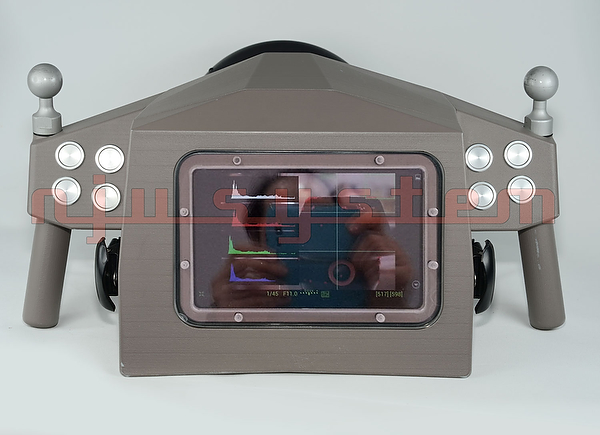
First Underwater housing prototype
That was the toughest part and took us months of daily work. First we investigated the use of electronic components suitable to our needs. New high performance batteries were added, an electronic circuit to integrate a high resolution display was developed, and we figured out how to switch housing on/off while underwater. Also we made a prototype of an universally adjustable camera slide and, also a first, used an actively decoupled strobe control suitable for Multi TTL with different strobes. There were a myriad of problems to solve and it took us much longer than expected but in the end a functional prototype showed up and, after almost a year of development time, I could go diving with it. Again, after finalization of MkII the deficits showed up: the operating system needed 40 seconds to boot, housing weighed over 5.5 kg, locks were suboptimal, the slide was unstable and, most of all, manufacturing quality was not comparable to top brands. Afterwards we improved boot time to 20 seconds but still there were a lot of challenges to be solved.
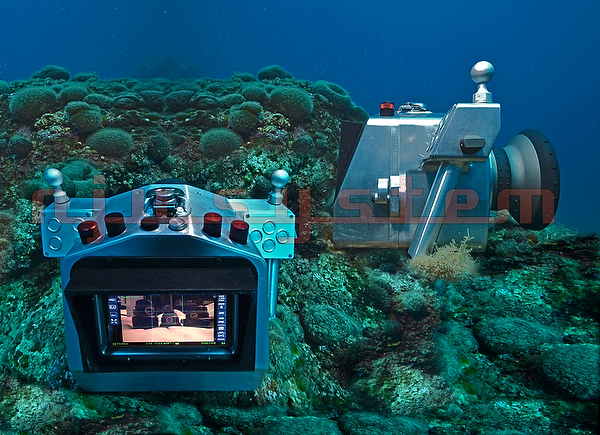
First Underwater housing
Almost a year ago the design process of our first serial model started. First we made a new optimized design to house all legacy and current camera models and leave space for future SLRs (that usually get slightly larger) and still get a housing that isn’t too large or too heavy. Manufacturing involved 5-axis CNC machining with special tools and spark erosion technique to make it as light as possible. The rails for the camera slide are made from the same block of alloy as the housing to provide rigidity, a new small size charging connector was added and a new locking mechanism implemented. Also our software improved continually and we reduced boot time to 10 seconds. The first serial model debuted at BOOT 2014 and was a huge success in demonstrating a new way in underwater imaging.
Since then, we have worked hard on more improvements: surface finishing, pressure chamber testing, logo designing and engraving, a rubberized bottom and much more. Also we have added a second model suited for larger pro SLRs.
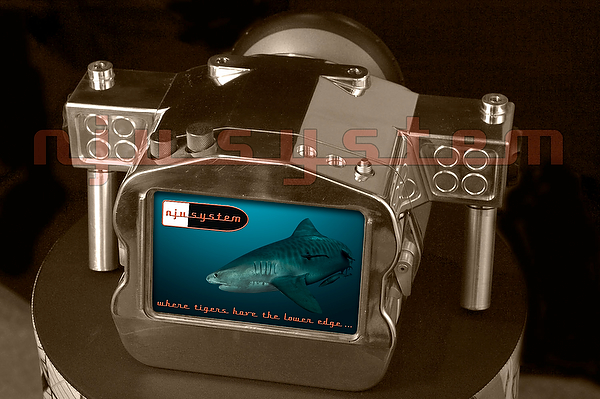
Final product
By now we have a product that can be sold to the customer (though there still are some upcoming add ons), and this is what it can do:
1. ALL CAMERAS
Universal software enabled electronic control for all SLR models from Nikon and Canon. Piezo buttons and rotary wheels are included in side-wings and there is no spring loaded mechanical gearing. Cameras are connected and controlled via USB or optionally via wireless on selected models. In the last time we have included control for newer Sony models and are working on the support for newer Panasonic models, both via wireless. So if you have a mirror-less camera as a backup you can use it with same housing. There are also other camera companies that can be supported in future and as long as camera physically fits into housing it can be used. Support for new and future models works with a user friendly software update via USB stick.
I think that is a great improvement, especially when you are changing to a new camera you can keep your old one and don’t have to wait for the development of a new mechanical housing. For example, when we added software support for Nikon D7100 in April 2013 we needed exactly two weeks.
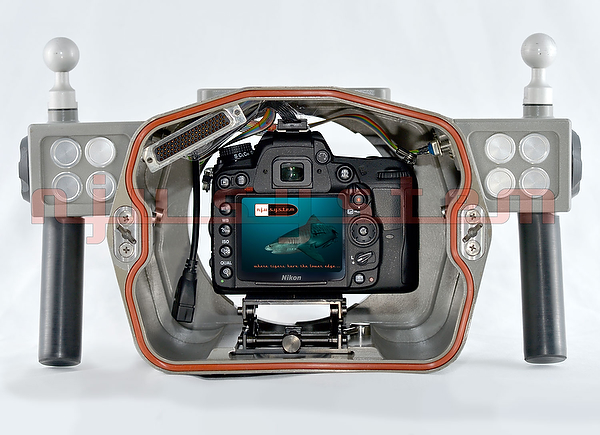
2. ALL PORTS & LENSES
As you might know we have also developed the Conversion System for Nikonos lenses and one of our main design goals was the support of all RS lenses. So we constructed a large port opening. Another objective was the inclusion of all large bore SLR lenses (some have diameter of 100mm and more). Third was the use of legacy ports and domes and since we didn’t want to make a whole port line we manufactured adaptors which can be made for all housing brands. And in order to house a fisheye lens properly without vignetting we utilized a large port and our adaptors to work without restriction or extension.
Housing’s port opening features a new five start thread for ease of mounting, is double o-ring sealed and has a port-lock operated from outside.
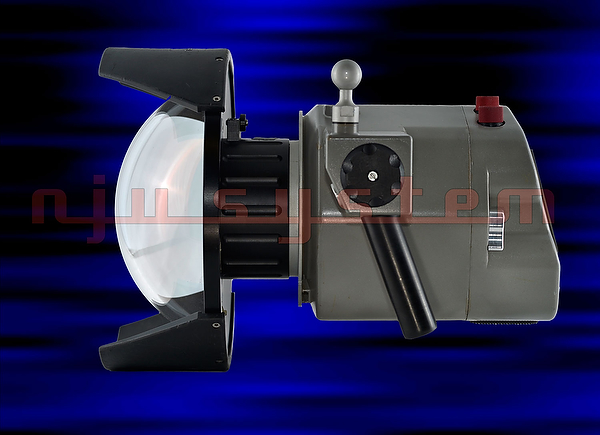
3. ALL STROBES
That is another unique feature and only possible with our housing. You might know that it was impossible to use various strobes and get Multi TTL, exceptions to the rule were Ikelite and Seacam with dedicated strobes and circuitry, and of course strobes with optical connection.
We have actively (using power) decoupled strobe connections and you can connect any strobe you like and get all the functions that it supports. So if you use an Ikelite (with converter), a Subtronic or a Seacam you can connect them together and get 3 x TTL, you can also switch to TTL/M or only M and won’t get any electrical interference.
Also, if supported by strobe, Canon cameras offer possibility to individually control strobes from housing’s handgrips: exposure correction in TTL or manual output or to switch one or all strobes off. So if you have two housed Canon strobes you can perform all these functions which can be very useful in macro photography.
We offer customization for existing strobe setups to get optimal results.
4. VARIOUS COLORS & FINISHES
In 2011 I was one of the first with a color customized housing. So – of course – we have included this feature in our own lineup. Housing comes in silver grey as standard, but there are color options, black for sure, working on more. Apart from different colors we are evaluating other surface finishes. Some like a shiny chrome look, others prefer camouflage.
5. UNIVERSAL CAMERA SLIDE
In order to properly center differently sized cameras along the optical axis we developed an adjustable slide, you can move it back and forth along the rails or adjust it up and down and it is also possible to adjust camera back and forth along slide to adjust for gear of zoom lenses.
The slide has been designed to hold pro camera/large lens weight and comes skeletonized for maximum lightness. It’s made of steel and features black coating and a rubberized camera platform.
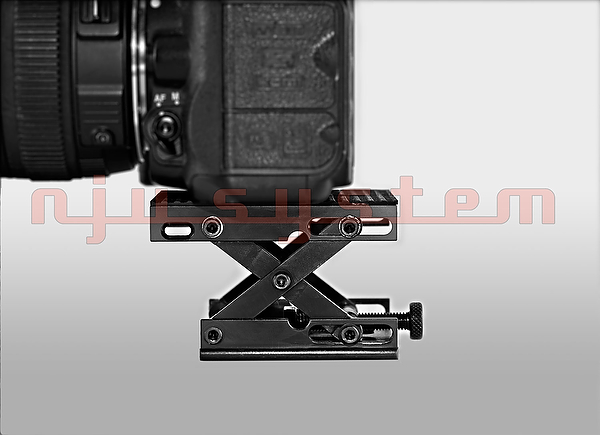
6. POWERZOOM (available soon/2014)
We use a motorized zoom control and there are no zoom rings on our lenses - to keep our universal approach. As with all other functions zooming is performed with the piezo buttons located in housing’s side-wings. Zoom mechanism is adjustable for different lens sizes.
7. ELECTRONIC VIEWFINDER (upcoming)
We use monitor backs, so we haven’t got access to viewfinder information and entirely rely on Liveview. But LV’s AF is too slow, so we need an electronic viewfinder to show SLR’s viewfinder image on monitor. That project still isn’t finished since it means to develop a micro-camera system from the scratch. We hope to finalize soon and have some clever features implemented: large sensor for low light capabilities, 3 MP resolution, 60/30 and 15 fps (low light mode), HDR capability for high contrast situations (wide-angle against the sun, shallow water, etc.), and likely some water resistant design.
8. SEALED ELECTRONICS
Electronically controlled video housings have been constantly plagued by humidity, water drops and environmental changes. Our electronic compartments – main back and side wings – are fully sealed and waterproof (even from inside housing) and immune to environmental changes, all communication works via waterproof gold plated connectors and main cable in camera compartment.
Housing’s electronics have been built to withstand a flood of camera compartment at depth meaning that even if you achieve to ruin your camera you won’t ruin housing. If you have a spare cable and a second camera you can go on diving.
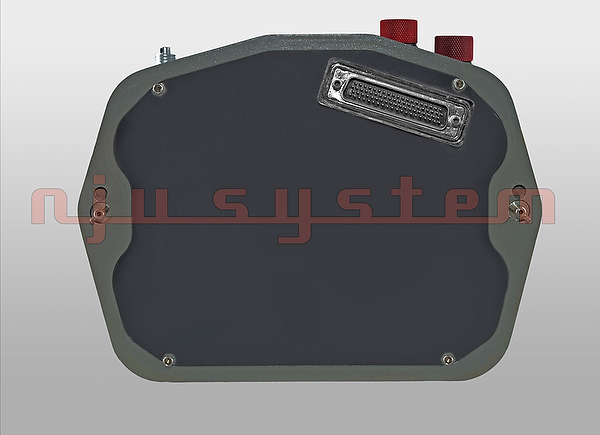
9. LARGE MONITOR BACK
Currently both housings feature a 7” HD 1200 x 800 monitor, for the larger pro model we are developing an 8” monitor that can be upgraded later
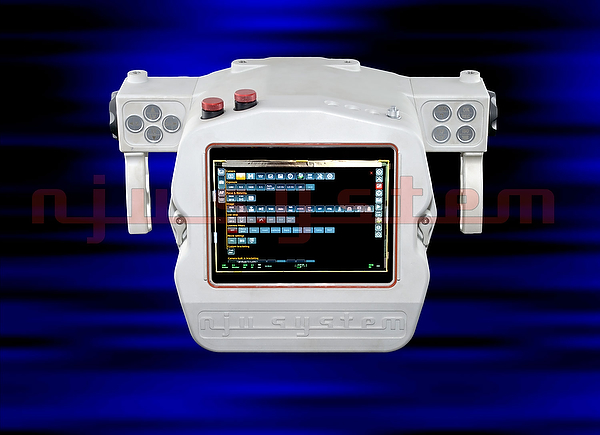
10. HDMI MONITORING/RECORDING (available soon/2014)
Since we do everything in the electronic domain there is also the possibility to route Liveview via HDMI. Currently, only Canon and Sony offer that feature (Nikon and Panasonic prohibit the simultaneous use of USB/wireless and HDMI). In addition to HDMI monitoring it adds the possibility of doing uncompressed recording on High Speed SSDs and our unit is 1080/60p capable. Canon videographers will probably like that a lot.
11. IMAGE TANK
We have the possibility to add flash memory from 64 GB to 256 GB, it is useful if you want a safety copy of all your images on housing. Additionally you can opt for SSDs, especially in combination with uncompressed HDMI recording.
Smaller slr housing can currently utilize maximum of 500 GB, larger pro housing can do 1 TB although these limits are progressing in line with SSD advancements.
12. NETWORK CAPABILITY (available soon/2014)
The housing can be remotely controlled via Gigabit Ethernet over long distance (100m) either with second housing or a surface operated PC, tablet or smartphone. Our proprietary software supports all current OS (Windows/Mac OS, Android/iOS and Linux) and provides multi housing support (we have currently tested 4 cameras at once), it is also possible to sync housings to provide shutter function simultaneously. Network connection works either with waterproof or wet mate-able connectors and cables.
13. ENHANCED LIVEVIEW AND PLAYBACK
As you might know not all cameras feature display of histograms in Liveview. We can show separate and RGB histograms on our monitor and with any camera. Also there is a variety of focus peaking, exposure peaking and grid filters.
We are not bound by country coded firmware and housing’s software enables PAL/NTSC switching.
Additionally there is an expanded custom BKT function, some features useful for time-lapse imaging and also a DOF calculator combined with focus bracketing function. Focus bracketing should be very useful for macro and super-macro photography to enhance shallow depth of field.
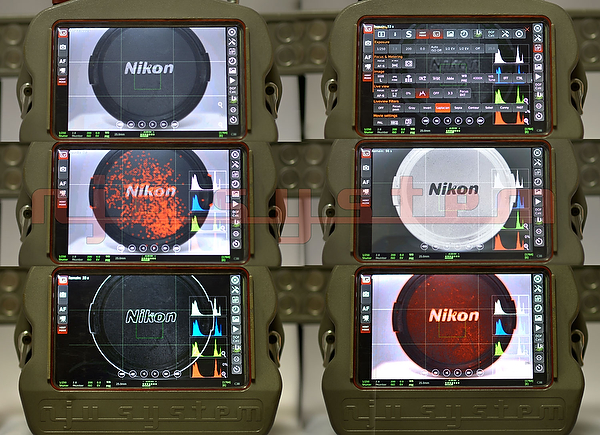
14. MANUAL FOCUSING BY WIRE
That might be another interesting feature since it eliminates the need for focus gearing on port and is useable on any AF lens. In Liveview we can manually adjust focus via software (again with our buttons in side-wings). There is also a loupe for precise adjustment.
These functions are especially interesting for Nikonos RS owners who can do manual focusing as on original RS camera.
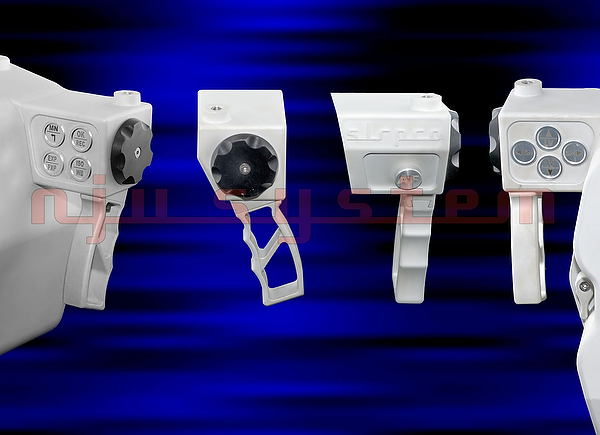
15. LONG RUNTIME
From the beginning on one of our main goals was the ability to do a whole dive day without having to recharge batteries, battery runtime is 200 minutes or 4 dives with the monitor constantly turned ON. We use 100% safe LiFePo rechargeable batteries that are cold water capable and have no memory effect, so recharging is possible between diving.
Balanced charging electronics are a safe way of providing equal current to cells and by now we can recharge housing in 70 minutes to 70% capacity with smaller slr or 85 minutes with larger pro housing.
The charging connection is on housing’s outside so it can stay closed which is useful on a boat or a car or at a crowded place. There are also different power options for advanced applications.
16. CAMERA SIZE COMPATIBILITY
nju system slr: Nikon D200/300/600 series/700 series/800 series/5000 series/7000 series, etc. and Canon 5D series/6/7/60/70/500/600/700 series etc. and Sony Alpha/Nex and Panasonic MFT via wireless
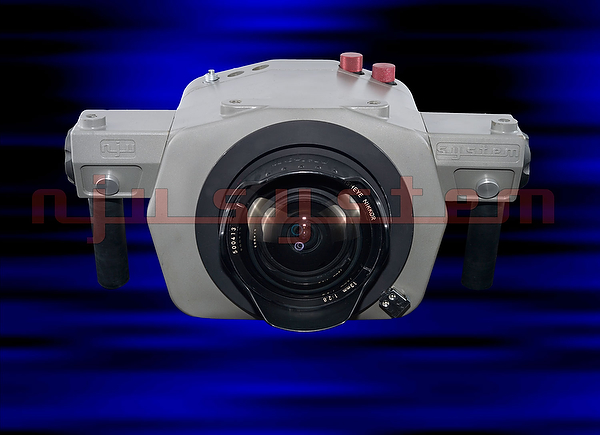
nju system pro: Nikon D1/2/3/4 and Canon EOS1 series or Nikon D200/300/600/700/800/7000/7100 series etc. with battery grip or Canon 5D series/6/7/60/70/500/600/700 series etc. with battery grip and Sony A7 with battery grip.
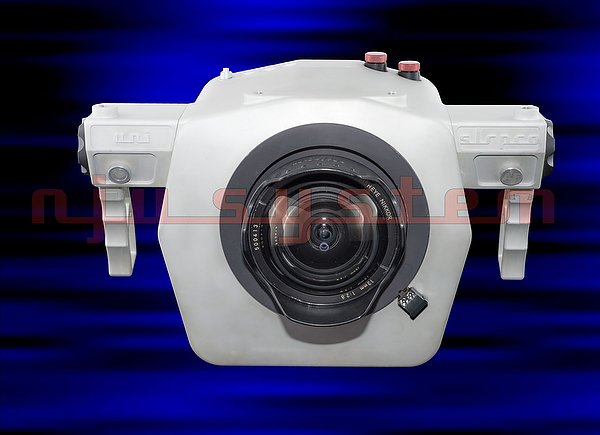
Both housings work with Nikon and Canon and Sony and Panasonic (no brand specific versions) though requiring appropriate cabling and connection for strobes.
17. RUBBERIZED BOTTOM
We have a large surface area with 6mm rubber that also provides some dampening for electronics but mostly features stability on a slippery floor. Bottom is very flat which helps in stability and buoyancy while underwater.
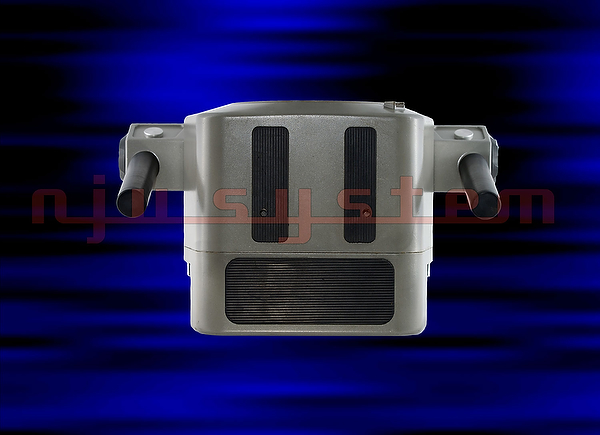
18. DIMENSIONS AND WEIGHT
These housings have a lot of new features, but also a caveat, they are larger and heavier than comparable mechanical ones, mostly due to large monitor and batteries. However they are lighter than a conventional housing plus external monitor.
slr: 365(w) x 180(h) x 205(d) mm; 4.5 kg slr pro: 385(w) x 230(h) x 220(d) mm; 5.5 kg
Because of their design they are very stable in water and positively buoyant and balanced for Nikonos RS lenses and neutral with the top heavy RS 20-35 zoom. They still have good buoyancy when combined with strobes, strobe arms and accessories. The larger housing is even more buoyant.
9. Miscellaneous
We are still thinking about including water/humidity/temperature/pressure(maybe) sensors in our different compartments for exact monitoring. Also a battery indicator for housing electronics is coming and a sunshade for monitor.
Housing has four M8 screw mounts (Helicoil) on top and two M6 (Helicoil) on bottom providing access to all types of strobe arms, strobes, lights, and other accessories. It can now be switched on and off while underwater and via side-wings’ buttons which come laser engraved.
We have made depth tests and currently can safely go to 70 meters or 8 bar (tested for 15 hours) but we plan to make it work to a pressure of 16 bar. Housing has a minimum of o-ringed holes, so there shouldn’t be any problem.
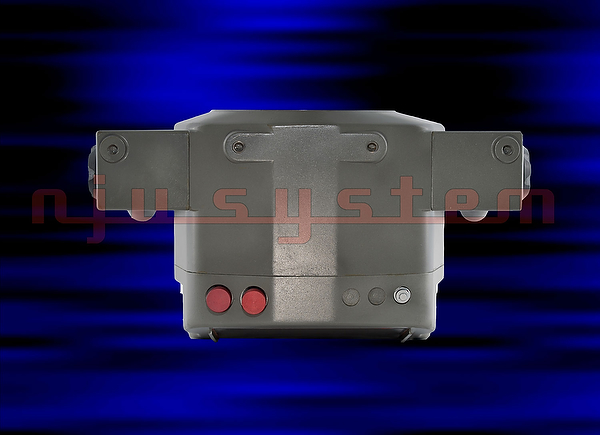
20. Prices
Such a full featured housing certainly has its price. The smaller slr costs 4.500 € while the larger pro comes at 5.000 € net price. Depending on country tax might be applicable. There are many optional extras, but usually only some are needed for most photographers and comparable to those on a conventional housing.
Verdict
That’s what we did in the last two years: designing new housings that have many new functions never seen before while providing an easy upgrade path to precious existing equipment. The main advantage lies in its’ universal approach suitable for all cameras, strobes and lenses/ports. Feel free to view our website or email for more details.
Author
Andrej Belic has been a dedicated underwater photographer for many years before he started equipment designing.